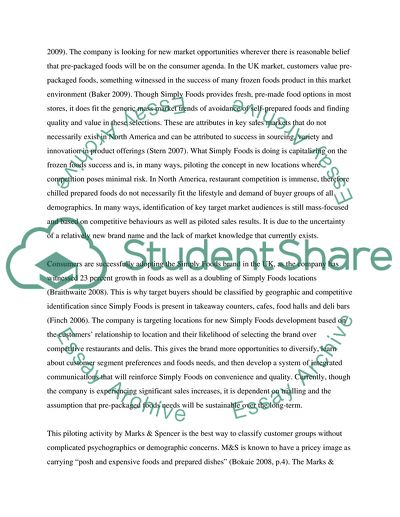Cite this document
(Marketing Strategies and Tactics of Simply Food Case Study, n.d.)
Marketing Strategies and Tactics of Simply Food Case Study. Retrieved from https://studentshare.org/marketing/1745735-examining-existing-marketing-strategies-and-tactics-of-simply-food-marksspencers
Marketing Strategies and Tactics of Simply Food Case Study. Retrieved from https://studentshare.org/marketing/1745735-examining-existing-marketing-strategies-and-tactics-of-simply-food-marksspencers
(Marketing Strategies and Tactics of Simply Food Case Study)
Marketing Strategies and Tactics of Simply Food Case Study. https://studentshare.org/marketing/1745735-examining-existing-marketing-strategies-and-tactics-of-simply-food-marksspencers.
Marketing Strategies and Tactics of Simply Food Case Study. https://studentshare.org/marketing/1745735-examining-existing-marketing-strategies-and-tactics-of-simply-food-marksspencers.
“Marketing Strategies and Tactics of Simply Food Case Study”, n.d. https://studentshare.org/marketing/1745735-examining-existing-marketing-strategies-and-tactics-of-simply-food-marksspencers.


